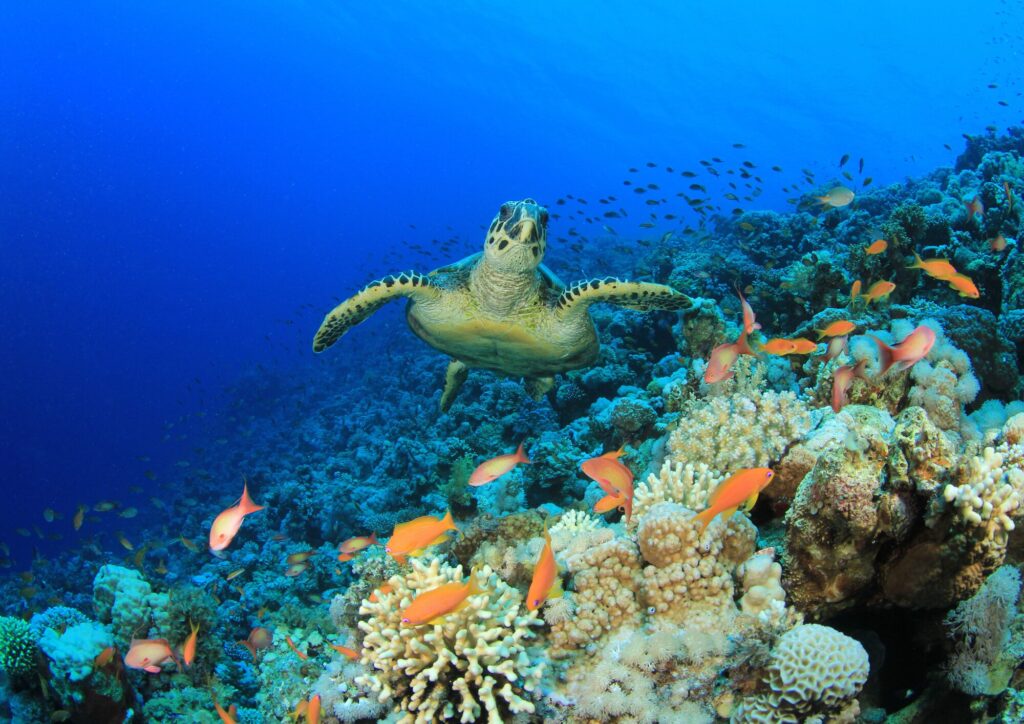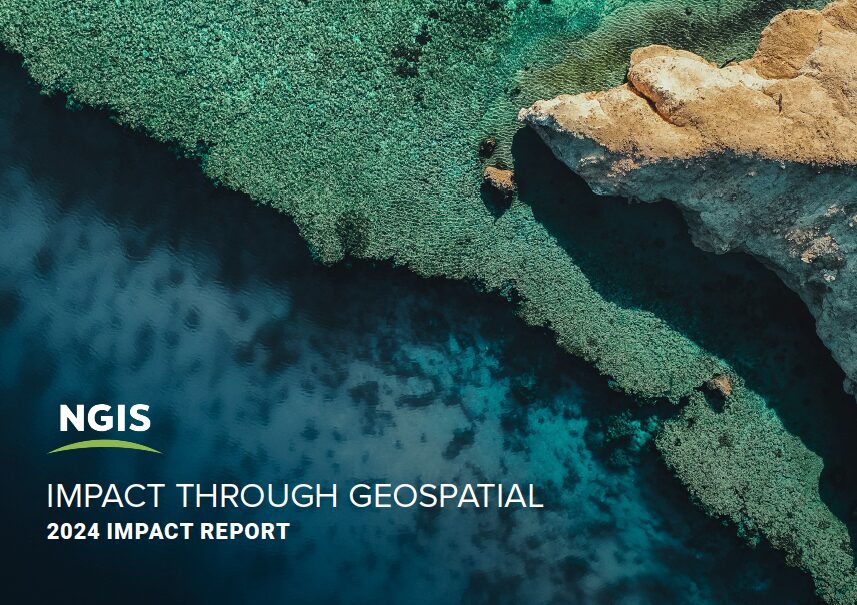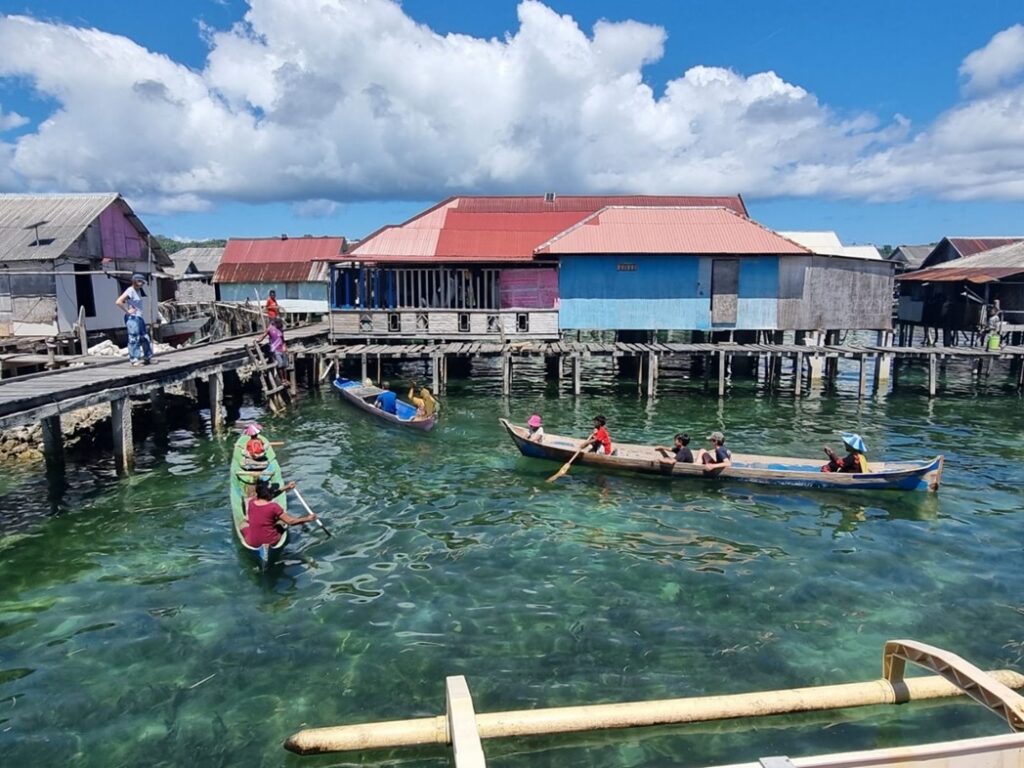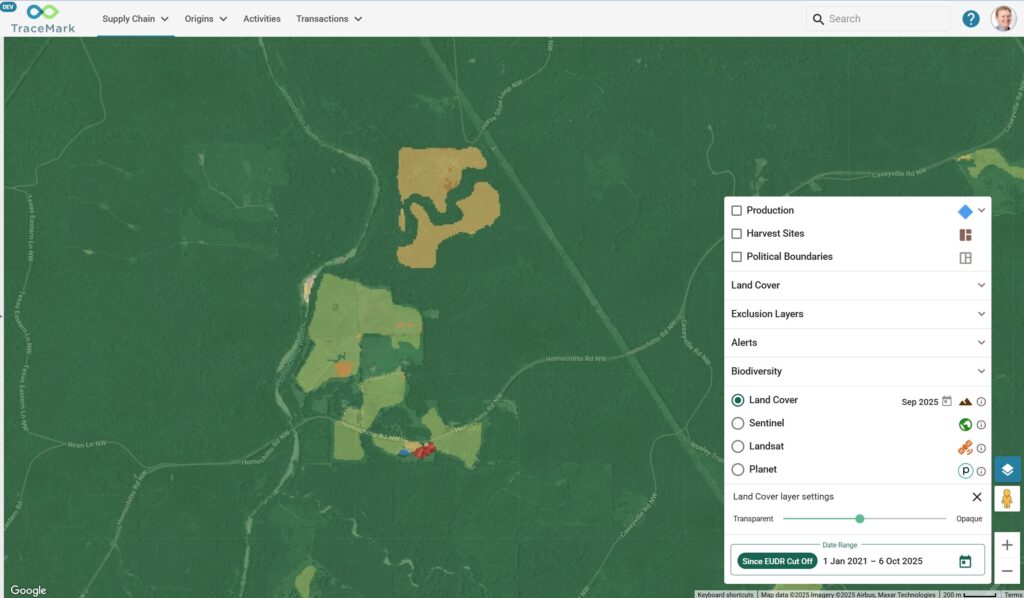Protecting Biodiversity in Manufacturing



Biodiversity
Biodiversity and nature provide all of the essential
ecosystem services, including clean water resources,
pollination activities, disease control, soil formation,
climate regulation, cultural contributions and much
more, that underpin the majority of global industries
and supply chains today.
Loss of these ecosystem services is projected to cost the global economy over $2.7 trillion by 2030. Recognising this, the United Nations Convention on Biological Diversity adopted the Global Biodiversity Framework (GBF) in 2021, prompting organisations worldwide to better understand and measure the interconnected impacts of business and nature.
Metrics will be required for current and future regulatory compliance and reporting purposes. However we also see a need for actionable insights that business users unfamiliar with ecology or ecosystem services resilience planning can use to develop tangible interventions.
When negative impacts are identified, business users need clear recommendations and NGIS has been focused on building a platform to provide this. There are a number of key capability challenges that companies face with implementing biodiversity monitoring and reporting systems including:
- Being able to directly address the requirements of leading global risk frameworks
- Analysing future sourcing risk, based on biodiversity metrics
- Accessing downscaled geospatial biodiversity data
Google, NGIS and Second Nature Ecology + Design are working together to enable Google to address key sustainability ambitions for its first-party hardware devices by implementing a new approach to the modelling of biodiversity impact, dependencies and risks in
electronics supply chains through the TraceMark™ sustainable sourcing platform.
With a specific focus on aligning to key frameworks, this project operationalises a range of leading biodiversity frameworks including Taskforce on Nature-related Financial Disclosures (TNFD), Science Based Target Network (SBTN), EU Taxonomy Do No Significant Harm (DNSH) Criteria and the Global Biodiversity Framework. TraceMark™, powered by Google technology can be used to model 100+ datasets to deliver metrics that address key biodiversity requirements and targets aligned to leading frameworks. The resulting capability bridges the gap between goals and commitments and the frameworks required for reporting.
A data-driven approach for global risk analysis
The aim is to reduce operational complexity for implementing key biodiversity frameworks, accelerating the ability to set, monitor and meet commitments and regulations across the consumer sectors. A Geospatial Data Driven approach for global risk analysis that delivers improved accuracy with scoring. By using detailed spatial datasets, organisations are able to move beyond simple spreadsheets to analyse specific risks, leveraging complex spatial data. The geospatial approach to biodiversity risk modelling and analysis is aimed at helping organisations meet reporting requirements and make informed decisions by:
- Prioritising Mitigation Actions: By comparing impact and risk scores across different locations, organisations can focus interventions where they will have the greatest benefit, whether by reducing harm or strengthening resilience.
- Optimising Resource Allocation: Companies can allocate resources (e.g., habitat restoration or sustainable sourcing initiatives) to sites with the highest impact-to-risk ratio.
- Ensuring Regulatory and Compliance Readiness: Understanding spatial variations in risk helps businesses anticipate policy changes and ensure compliance with evolving environmental regulations in different jurisdictions.
- Improving Supply Chain Transparency: Multi-site comparisons help identify high-risk suppliers or regions, supporting strategic decision-making for procurement and operational adjustments.
- Enhancing Stakeholder Engagement: Transparent comparisons allow investors, regulators, and local communities to assess corporate sustainability performance, fostering trust and accountability.
The resulting evolution of the TraceMark™ platform provides a pathway to preserving biodiversity in manufacturing supply chains. Future improvements will focus on several key capabilities to enhance and strengthen TraceMark™ ’s ability to support businesses in assessing and mitigating biodiversity risks.
Related Articles
Here are more related articles you may be interested in.








